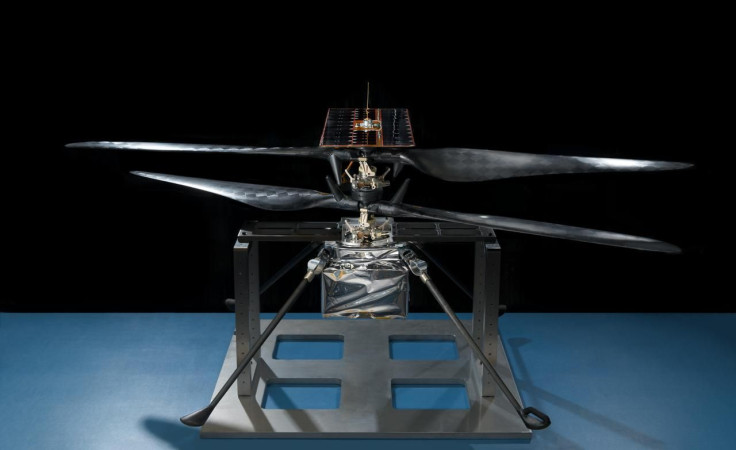Watch: NASA’s Physics-Defying Mars Helicopter To Enter Final Test Phase

In a new video, NASA has unveiled the capability of the helicopter that it will use for its Mars 2020 mission. According to the space agency, the chopper is ready to enter the final testing phase before the mission’s official launch.
For years, scientists have doubted the concept of flying on Mars due to its atmospheric conditions. Since it has 1 percent of the density of Earth’s atmosphere, some scientists speculated that it’s near impossible to fly a vehicle that’s heavier than air on Mars.
Recently, NASA made a breakthrough at its Jet Propulsion Laboratory in California by developing a small helicopter-like vehicle that’s actually capable of flying in Martian environment.
In January, the space agency successfully operated the helicopter prototype in a controlled environment that simulated the Red Planet’s conditions. It was then subjected to a variety of experiments to test its overall flight capability and maneuverability.
Mimi Aung, the Mars Helicopter project manager noted that the successful test flight of the chopper is a pioneering move in space exploration.
“Nobody’s built a Mars Helicopter before, so we are continuously entering new territory,” she said in a statement. “Our flight model – the actual vehicle that will travel to Mars – has recently passed several important tests.”
According to NASA, the helicopter is now ready to proceed with its final testing phase. This would involve checking its compatibility with the delivery system that will secure the helicopter to the Mars 2020 rover.
For Aung, the ultimate test for the vehicle would be its actual flight on Mars. Once this has been achieved, future missions on Mars could also include new generations of the helicopter.
Like drones, the Mars Helicopter can be used to conduct remote aerial views on the alien planet. It could also serve as a scout for the astronauts when investigating hard-to-reach regions such as deep craters, cliffs and caves. In addition, the helicopter can also act as a delivery system for small payloads.
The Mars 2020 rover and helicopter are scheduled to launch for their mission on July 17, 2020. They are expected to reach Mars on February 18 2021 and will land on the planet’s Jezero crater.
© Copyright IBTimes 2025. All rights reserved.





















